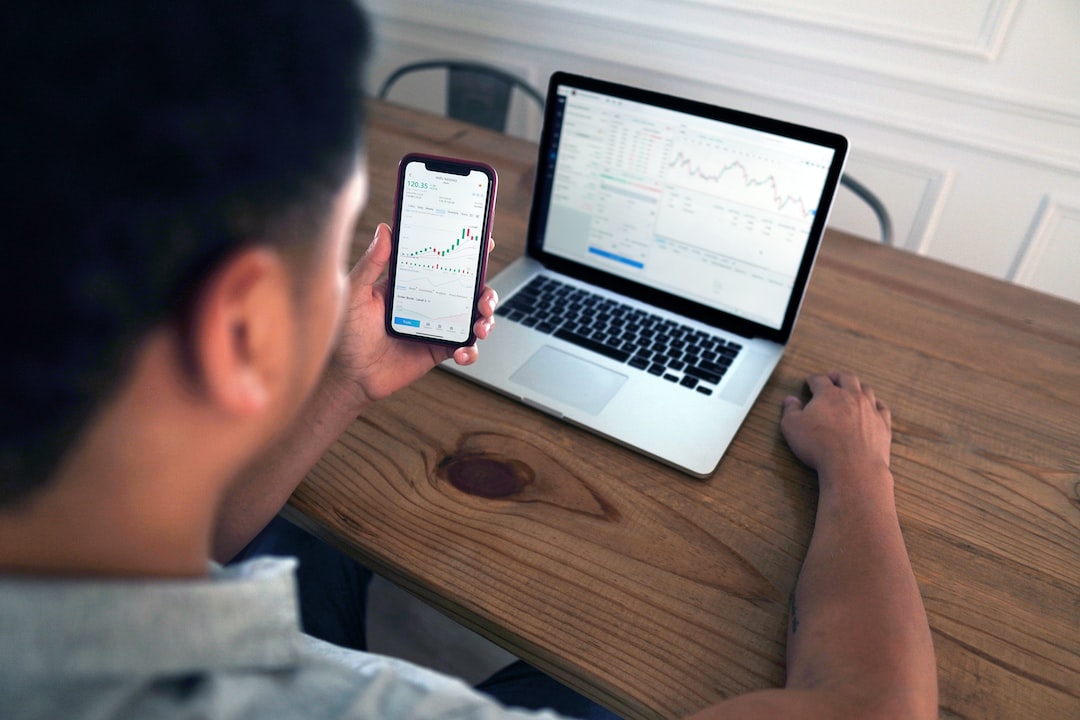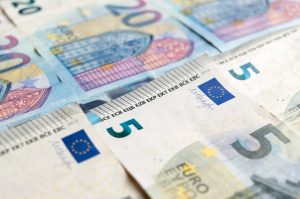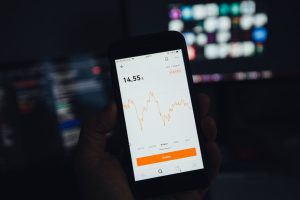The foreign exchange market (forex) is the largest financial market in the world, with an estimated daily trading volume of over $5 trillion. Trading volume refers to the total number of shares, contracts or units traded within a specific time frame. In forex, trading volume is the total number of currency units traded during a given period, usually measured in standard lots.
Trading volume is an essential metric for forex traders as it provides valuable information on the liquidity and volatility of a currency pair. Higher trading volume indicates greater liquidity and more significant price movements, which can present more trading opportunities for forex traders.
The forex market operates 24 hours a day, five days a week, with trading sessions in different time zones around the world. The peak trading hours are during the overlap of three major trading sessions: the European, Asian and US sessions. The trading volume tends to be the highest during these periods due to increased market activity, news releases and economic data releases.
Traders use various methods to measure trading volume in forex, including tick volume, volume indicators and open interest. Tick volume refers to the number of price changes or ticks that occur within a specific timeframe. The tick volume can provide a quick snapshot of the market activity, but it may not be an accurate representation of the actual trading volume as it does not account for the size of the trades.
Volume indicators are technical analysis tools that use trading volume to confirm price trends, reversals and breakouts. Some popular volume indicators in forex include the Chaikin Money Flow (CMF), On-Balance Volume (OBV) and Volume Weighted Average Price (VWAP).
Open interest is the total number of open positions or contracts in a given market. In forex, open interest refers to the number of outstanding contracts or positions in a currency pair. Open interest can provide insight into market sentiment, as an increase in open interest may indicate a growing interest in a particular currency pair.
Trading volume can also impact the forex market’s price movements, as it reflects the buying and selling activity of market participants. Increased trading volume can lead to price volatility, which can present trading opportunities for short-term traders. However, high volatility can also increase the risk of losses, especially for inexperienced traders who may not have adequate risk management strategies in place.
Low trading volume, on the other hand, can result in price stagnation and reduced liquidity, making it challenging for traders to enter and exit positions. Low liquidity can also increase the bid-ask spread, making it more expensive to trade.
In conclusion, trading volume is a critical metric for forex traders as it provides valuable information on the liquidity, volatility and market sentiment of a currency pair. Traders use various methods to measure trading volume, including tick volume, volume indicators and open interest. Understanding trading volume can help traders make informed decisions, manage risk and capitalize on trading opportunities.






